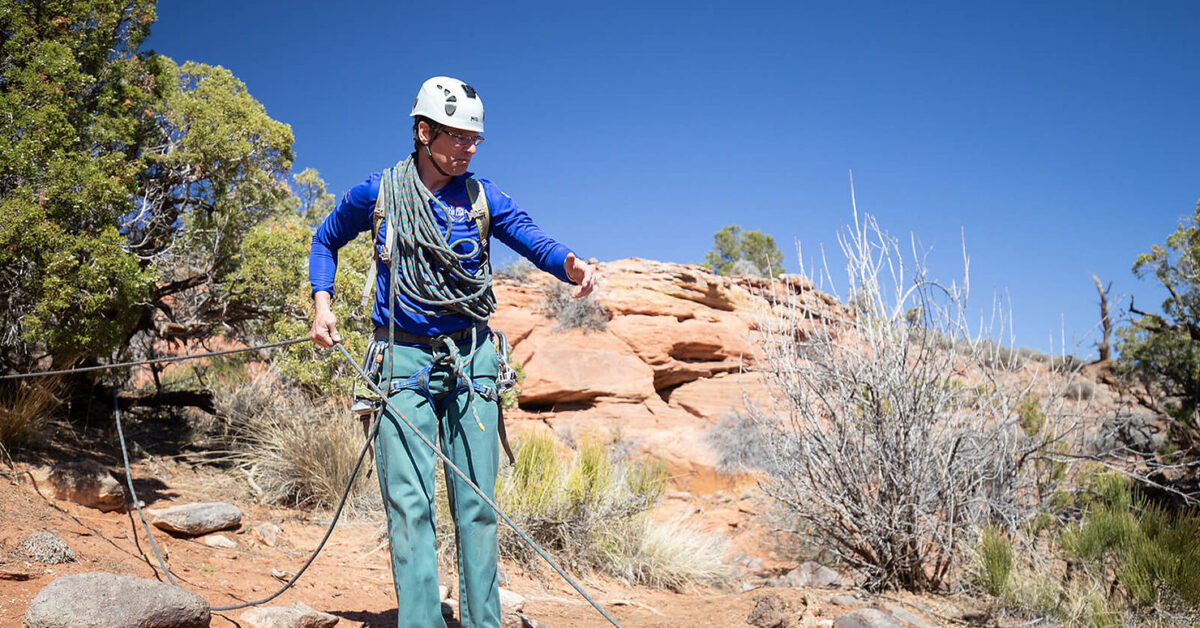
You’ve got your heart set on taking the AMGA SPI Exam. You’re climbing more than you’ve ever climbed before. You’ve practiced your technical skills and systems with your friends and are starting to feel pretty dialed. Thinking about taking the jump?
Passing an AMGA SPI Exam is a big deal. It sets you up for success in the outdoor guiding industry as well as opening the door to many entry level guiding jobs.
It sets the foundation and framework for more technically complex guiding skills, and opens the door to a lifelong adventure. We might be biased, but it’s one of the most gratifying adventures you’ll ever embark upon!
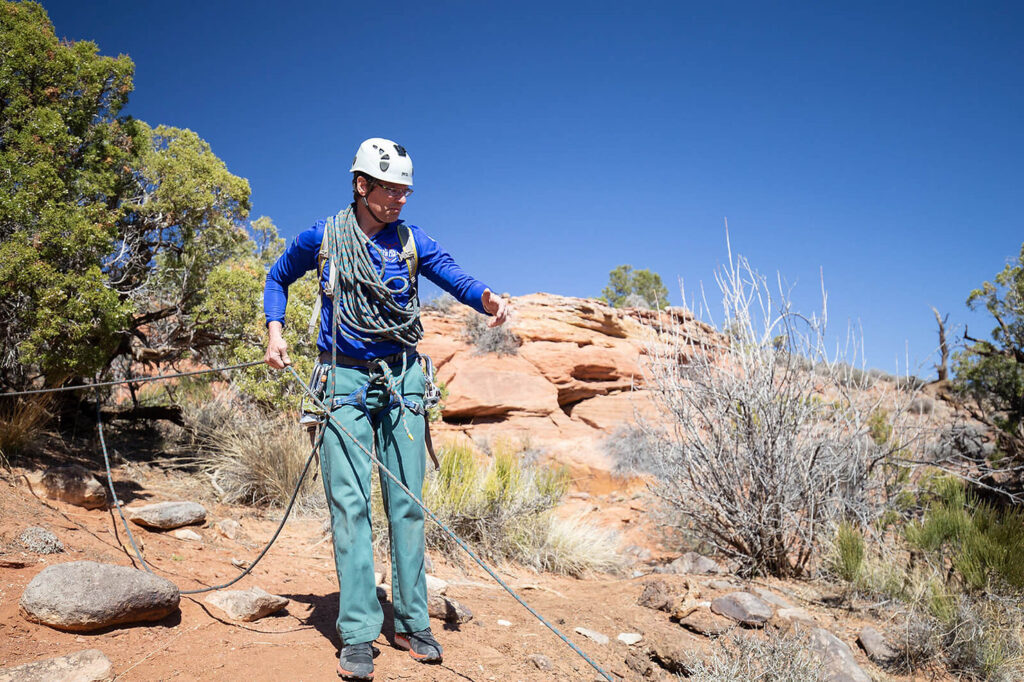
Setting up a lowering system for a top-managed climbing site.

Your dream job of instructing climbing is finally within reach.
But…are you really prepared for the rigorous two day exam?
We’ve compiled a handful of tips to help you succeed in your SPI Exam and feel confident answering “yes” to that question.
It’s hard not to be stressed in an exam. You’ve put in a great deal of time and money to get here, and don’t want to see it go to waste.
This stress effects everyone differently and controlling it can dramatically increase your chances of passing the SPI exam. Just remember, your examiners want to see you succeed! They were probably even nervous when they took the exam!
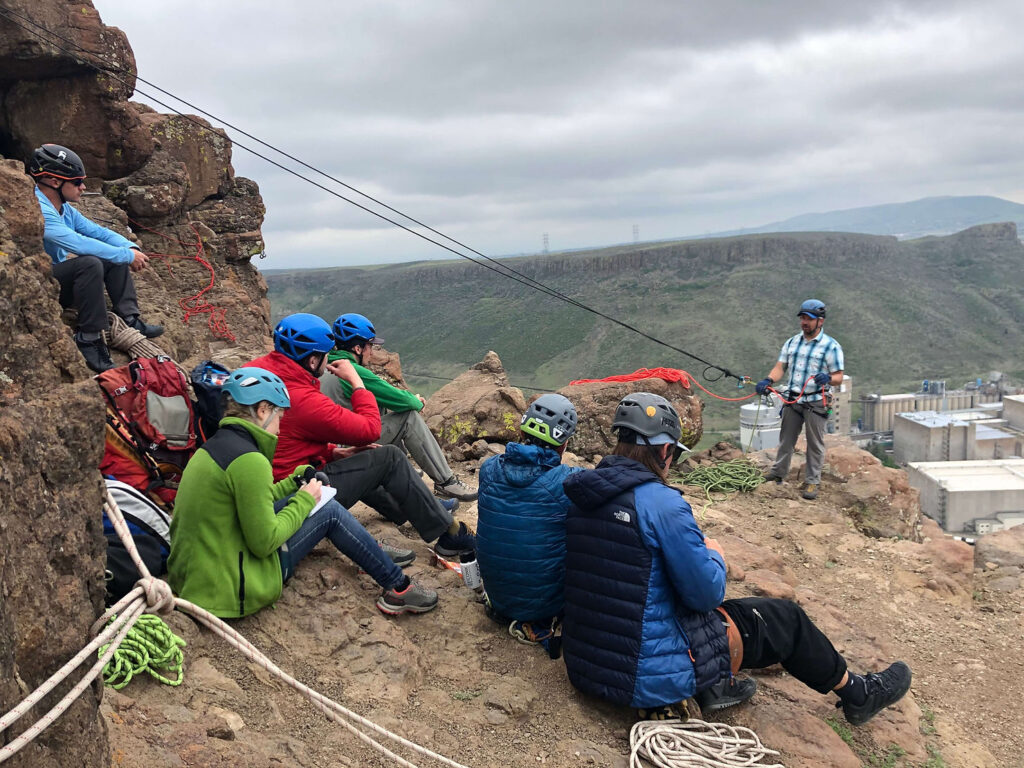
Stay positive throughout the whole exam! It’s all too easy to go down the rabbit hole when you make a mistake and have things cascade out of control. Let’s face it, everyone makes mistakes.
Stop and work the problem and correct the error instead of trying to make the error work. It never does. Ever. Take the extra time to fix your mistake and keep on rolling on with that can do attitude!
It’s all too easy to get sucked into technical skill you’ve been asked to demonstrate too early. In reality, it’s always best to take a step back and look at the whole system or lesson we are about to jump into. Working backwards from the end goal is a quick and easy way to focus your thoughts and provide a framework to work towards.
Perhaps the absolute best things you can do to alleviate the inevitable stress that comes with being watched and examined is to be able to set up your systems without thinking about them. This gives you the added bandwidth to focus on client care, terrain recognition, and instruction.
This is a biggie! Terrain can be your best friend or your worst enemy.
It’s often important to step back and look at the cliff/crag in a macro sense. Would you want to be lowered down the grungy bird poo filled corner?
Terrain recognition is one of the fundamentals of good guiding. Learn to recognize terrain that isn’t in the guidebook or Mountain Project that you can use to facilitate an awesome day out climbing with a potential client. Many times this is a 4th class break in the cliff band that sets up your guests for success.
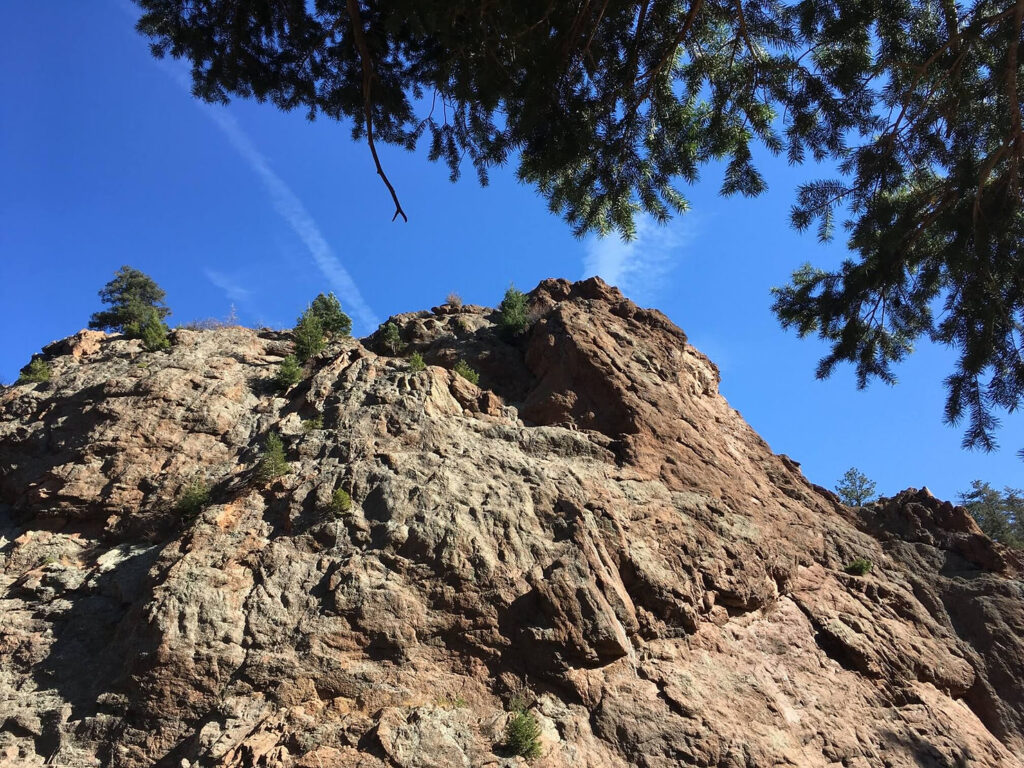
Learning how to read a cliff makes your job in the exam super easy!
Don’t be afraid to call an audible and move if the terrain you’ve chosen is too difficult for your guests!
So how do we start learning how to recognize terrain? As with most things in the mountains, experience is key. Get out there as much as you can in preparation for your exam. Start practicing looking at crags and cliffs through the eyes of an instructor and ask yourself questions like, “Is this a good place to facilitate a rappelling class?”
Practice practice practice! Start with building base managed anchors with your static rope. When you’ve built hundreds of them, practice converting them to top managed anchors using the backside method or the 3 in 1. Need a refresher on these skills? Hire an SPI Provider or Assistant Provider for a day to really get these dialed in!
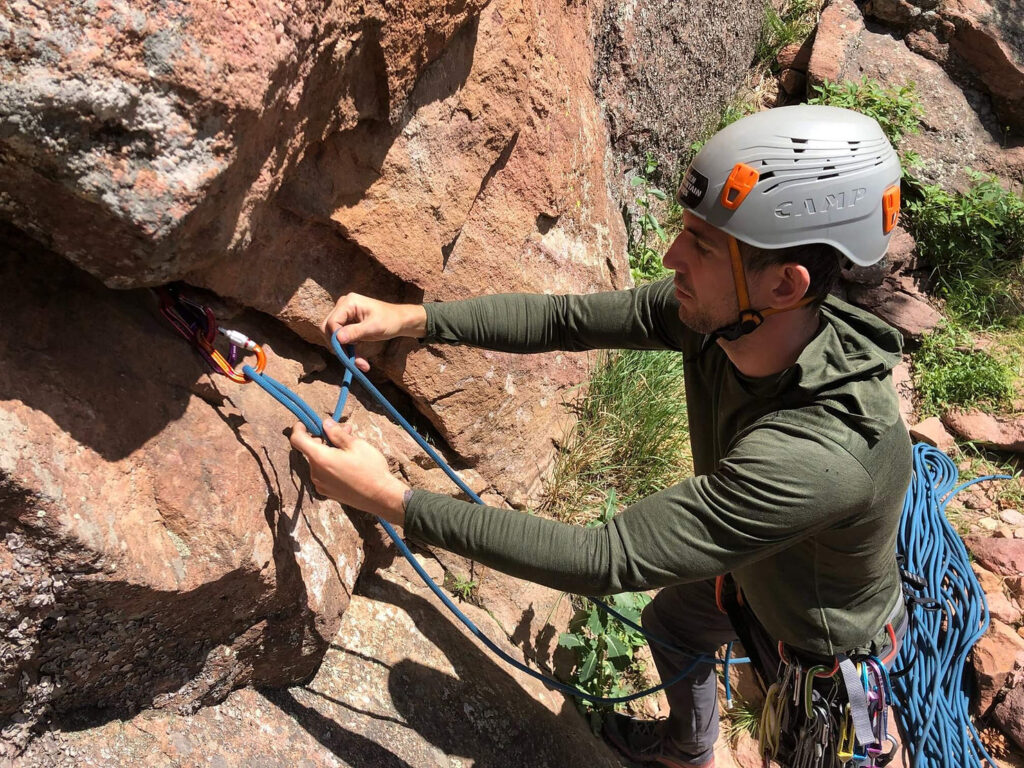
Be able to tie the munter mule overhand in your sleep!
When performing a releasable rappel, the work you do should be in a linear fashion. (i.e. left to right or right to left)
Often times candidates forget what the purpose of the Single Pitch Instructor is. Yes, they act as guides in the single pitch realm, but in reality, they are teachers, educators, and you guessed it…instructors.
One of the most important things we do as SPI’s is to teach. We, as Single Pitch Instructors, are the front line in educating the public with best practices and play a huge role in shaping peoples perceptions of climbing. Your guests should want to come back and learn from you time and time again!
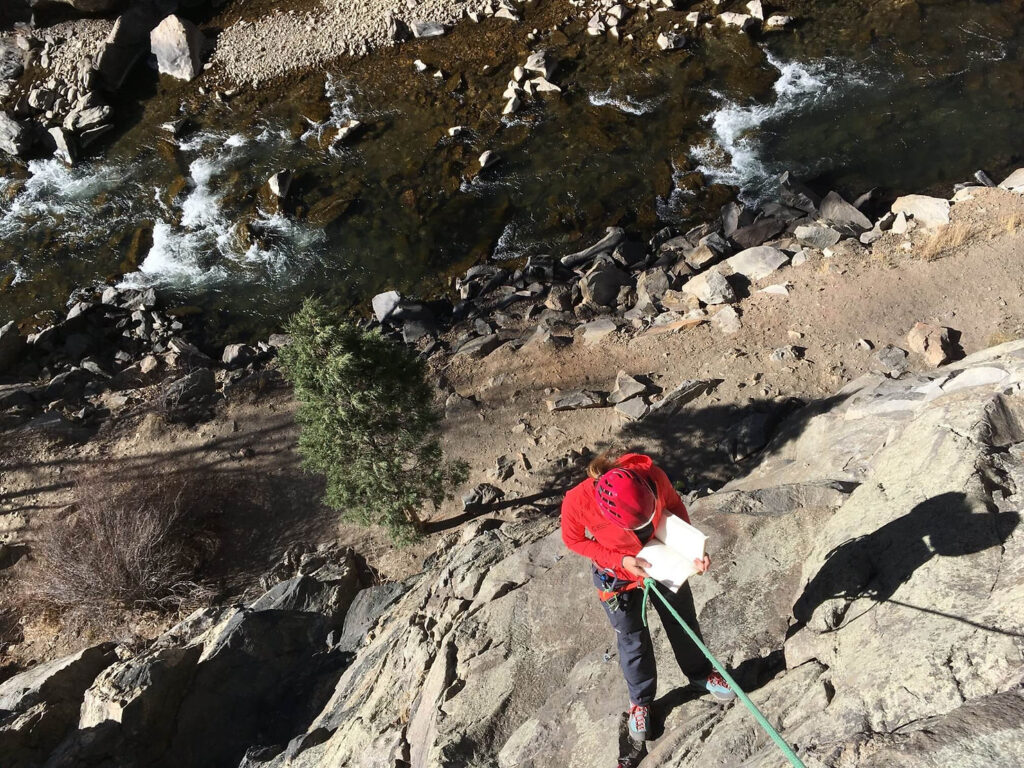
Don’t ever be afraid to look at your notebook while you are teaching
Here’s an easy way we can up our teaching game. Write down multiple different lesson plans to prepare yourself for the many topics you may have to teach during an exam. Be sure these lessons are concise, informative, have a flow, and give people the information they need.
Keep your guides notebook handy as you teach and instruct throughout the day. Check back in halfway through a lesson to make sure you haven’t forgot anything.
Learn to use the static rope like a pro! Simple and elegant, the static rope should be the SPI’s tool of choice. This is a great substitute for cordellette in many instances and can provide incredible amounts of security.


Get rid of that piece of cord and use the rope! A bowline around a tree with an overhand on a bight is an elegant solution for an adjustable leg of an anchor. You can utilize a clove hitch clipped to the overhand on a bight to create an adjustable leg.


A bowline on a bight could be a great way to use the static rope instead of cordellette. Instead of tying the double barrel knot or fisherman’s with the leftover bight, you can just clip it into the third piece of gear in your proximal anchor. Move some strands through the knot to ensure each piece is taking approximately the same amount of force and you’re done!
Taking an AMGA SPI Exam is a huge deal and we hope these tips help increase your efficiency or confidence as you go to take the exam. To recap, 5 Tips to Help You Pass are:
Good luck!!
So what does it mean to be an AMGA Certified Single Pitch Instructor?
It will make you a better climber. You’ll be more focused on the technical aspects of climbing and will have the tools in your toolbox when things go sideways.
taken the three day course and now you’re ready for the exam.
Climb in a lot of different venues on many different types of rock.
This may sound obvious, but terrain recognition and climbing movement one of the most important skills you can


Content Copyright © 2024 of Golden Mountain Guides. All rights reserved. | Privacy Policy | Site Map